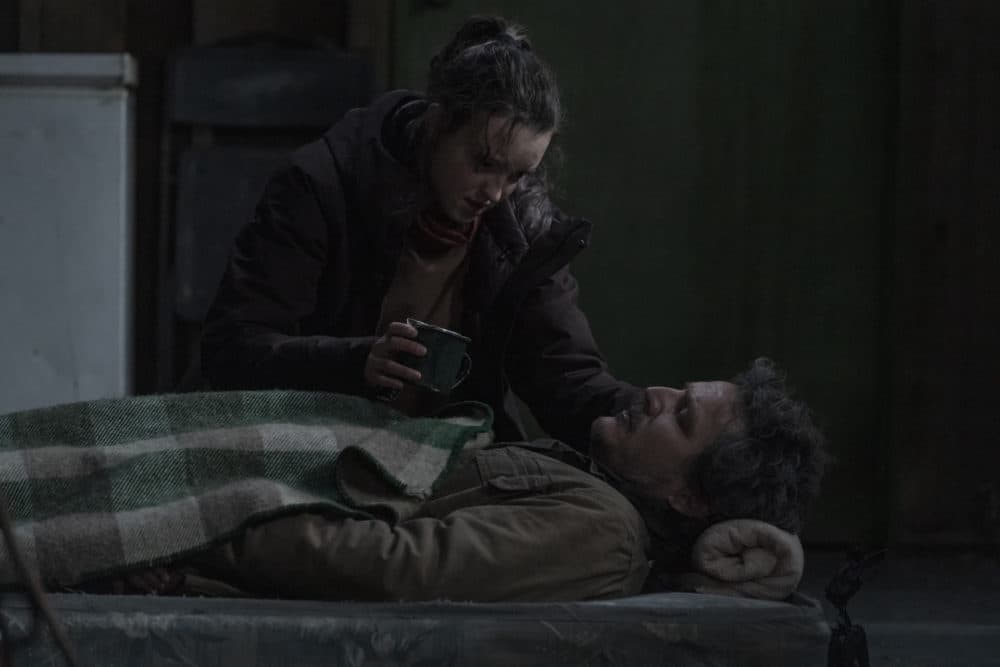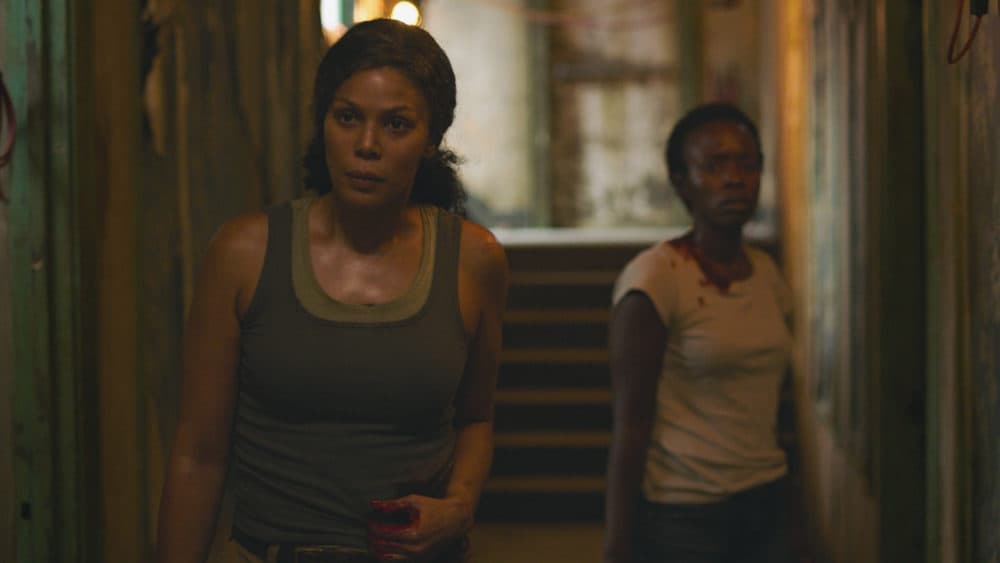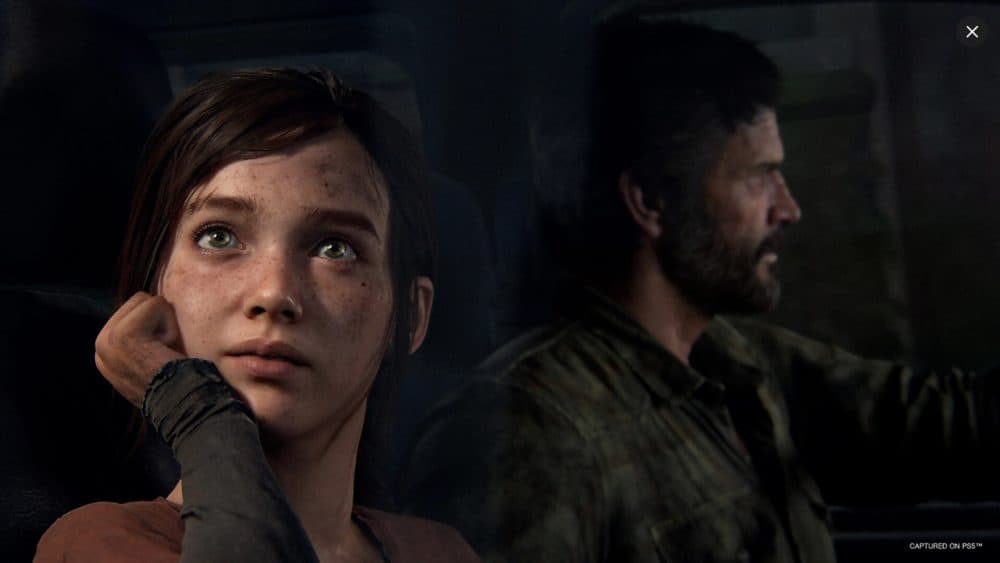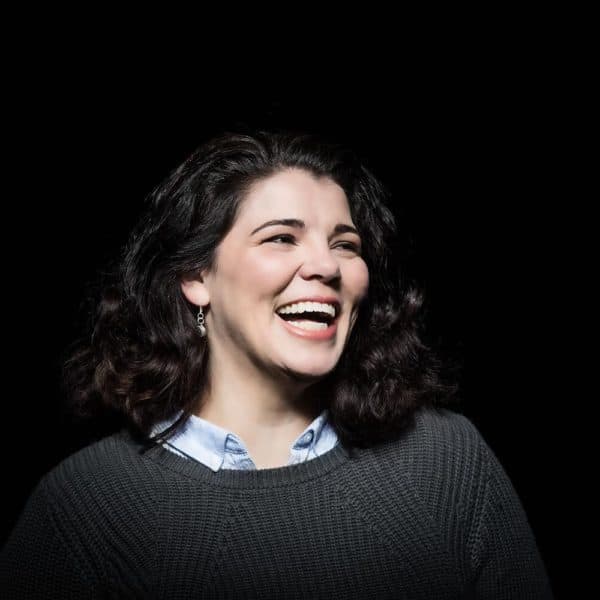Advertisement
How 'The Last of Us' translates a video game to an HBO show

HBO has already greenlit the popular show for a second season — an especially remarkable feat for a video game adaptation.
Hailed by critics as a groundbreaking step for the medium, “The Last of Us” game debuted on PlayStation in 2013. Brilliantly acted and animated, “it felt like the storytelling aspirations of a certain kind of expensive video game were finally being fulfilled,” says Joshua Rivera, TV critic for the gaming and culture website Polygon.
Ten years later, the game — often compared to prestige television — got its own HBO show. Unlike many unsuccessful attempts, this one stayed true to the original. “Games are not historically treated as like a sacred text when adapting,” says Rivera. But, “the show has this incredible cast that you want to watch in the same way that you want to be the person driving the story in a video game.”
Perhaps that’s because Neil Druckmann, the game’s co-creator, now serves as the show’s executive producer. Druckmann and showrunner Craig Mazin took care to preserve the game’s narrative, going so far as to recreate scenes shot-for-shot and line-for-line.
Original actors from the game also appear in the show — one of them, Merle Dandridge, even reprised her role as Marlene, a leader in a resistance group who kicks off the plot by enlisting smuggler Joel (Pedro Pascal) to travel with teenager Ellie (Bella Ramsey).
But the series’ differences from the source material also highlight how interactive storytelling diverges from TV and film. Rivera spoke about what got lost in translation, and where the 2023 show succeeded in embellishing details from the 2013 game.

5 questions with Joshua Rivera
How closely do performances in the show match the game?
“Pretty closely. A lot of what makes the game so compelling is just that they had the same performer doing the vocal performance and also the what they call motion capture, which is they record the character's movements for the digital artist to sort of paint over.
“And then you get to appreciate sort of like the subtle differences the live action actors bring to it, even when they're being faithful. Just sort of like if they want to go softer or more intense. Ellie, in particular, Bella Ramsey, is a lot more sharp-edged in the show than she is in the game at first.”
How does one moment in episode 8 illustrate a weakness in the show’s approach?
“Much like in the video game, Joel is injured and he cannot take care of himself. He's pretty much cooped up. And so Ellie is looking for supplies and medicine. And the show pretty much has her get entangled in a settlement run by a religious leader named David. So the main difference here is basically the fact that you do not have the video game's structure of like, you're controlling one character and you're controlling Ellie. When you control Ellie in the game, you are vulnerable, you can't carry as much, you don't have as many weapons, you can't take as many hits as this grown man. And so you have to overpower this man who essentially wants to prey on you because he's a cannibal.
“In this particular episode, it's instructive because interactivity can do a lot to paper over melodrama. The fact that you're playing Ellie and you have this heightened sense of vulnerability, that's a lot of stress on you as the player. It doesn't necessarily matter as much what the villain is saying, he's a danger, it's a very primal feeling. You can't rely on that sort of lizard brain response in a television show. You kind of have to lay it out. And sometimes in the adaptation, it gets laid on a little too thick.”
Advertisement

Does the show capture how the game gets players invested in its main characters?
“No, I think the great strength of a lot of video games can just be time. You spend a lot of time with Joel and Ellie. The game never breaks away for the entire time you're playing the game, which can amount from anywhere from like 12 to 20 hours. You know, the show is nine episodes. Some of those episodes don't even center Joel or Ellie.”
How does the show succeed in focusing on side characters?
“The big standout for the show is definitely the third episode, which centers on some characters named Bill and Frank. One of these characters is played by Nick Offerman, and he's a survivalist. He's sort of like a doomsday prepper guy who it worked out for him. And then another man, who is played by Murray Bartlett, gets caught in one of Nick Offerman's traps and that's their meet-cute.
“They have this very loving relationship that's not really in the game. You meet a character, a survivalist, and there is a passing reference to a partner and their fate. But they don't appear on screen together. They're just people in this world. And that's one of the benefits of the game, which sort of like it situates you in this world and it sort of surrounds you with stories or hints of stories, and it leaves you to conjure it. And the cool thing about the show is that it took the time to actually conjure this story and imagine what those characters were like. “That's the sort of thing that a TV show can bring to a video game.
Has Hollywood figured out how to adapt games for TV?
“I think for a long time, Hollywood sort of just treated games like toys. Where it was just sort of like, 'Oh, as long as the action figure is there, people will show up.' And that's not how people have thought about video games for a long time now. They are stories, they are characters and people have a strong connection to them. If you're not interested in telling a story, then people aren't going to show up or at the very least, respect what you're doing. But it does seem like Hollywood wants to do that. They want that because we're not going to do superheroes forever and they want what's next.”
James Perkins-Mastromarino and produced and edited this interview for broadcast with Todd Mundt. Perkins-Mastromarino adapted it for the web with Katherine Swartz.
This article was originally published on March 08, 2023.
This segment aired on March 8, 2023.


